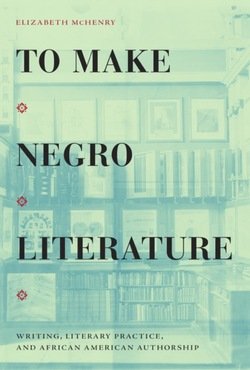By Hermann Mannheim
From the preface: “It happened perhaps eleven years ago, not long before my retirement from the teaching of criminology in the University of London. One day, after I had just completedmy first lecture of the new session and distributed copies of my, notoriously rather lengthy, reading listfor the course, Iwas approached by ayoung girl student who, holding her copy ni her hand, said ni avoice which sounded polite butalsorather determined: Sir, I am quite willing to read a bookon criminology, but itm u s t be only one, in which I can find everything required. Can you recommend such a book?' After some hesitation and with a strong feeling of guilt I replied that I could not comply with her request as there was no such book and she would probably have to read several of the items on my list, whereupon she silently and rather despondently withdrew.”
Boston. Houghton Mifflin Co. 1965. 772p. CONTAINS MARK-UP.





















